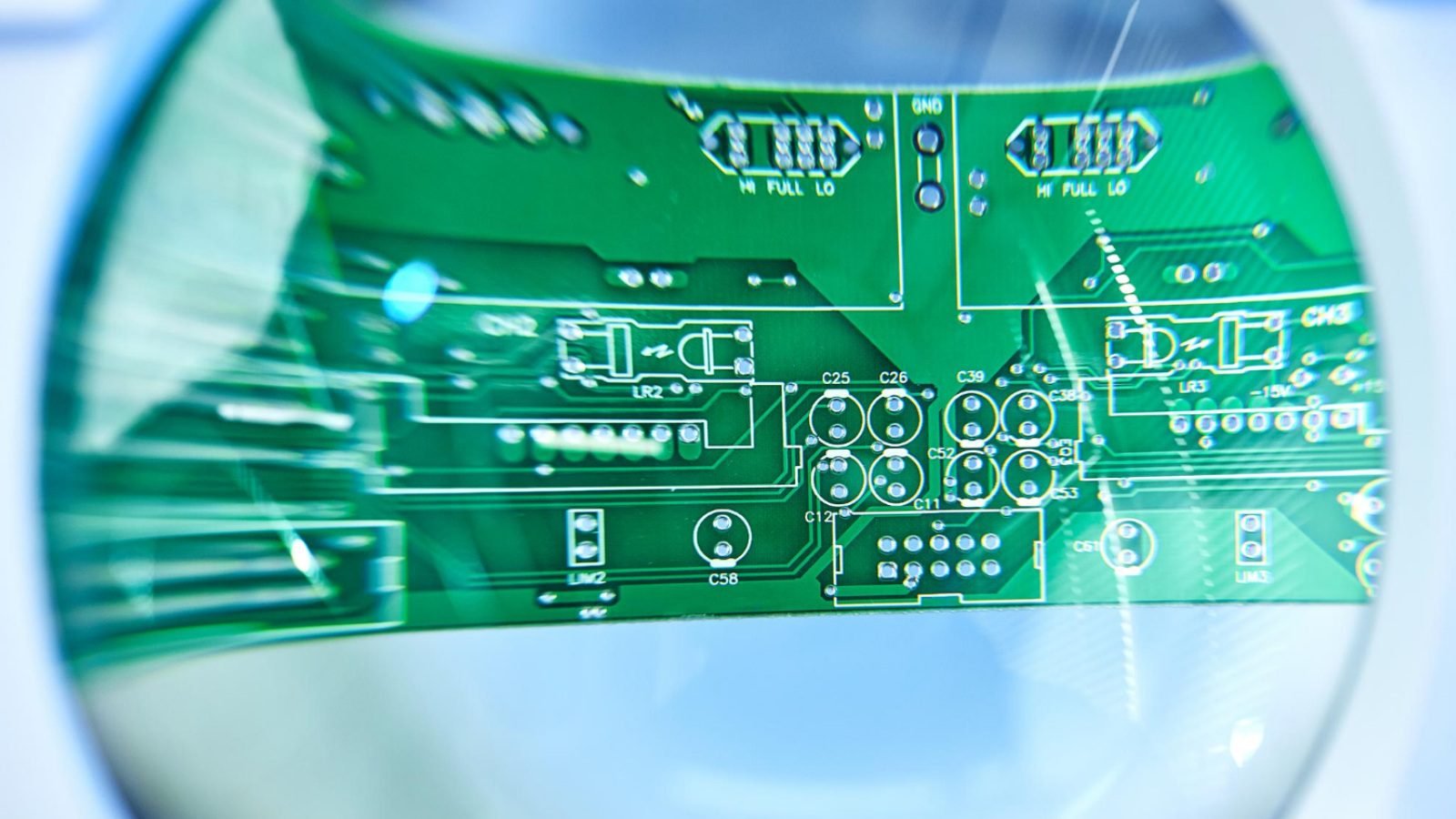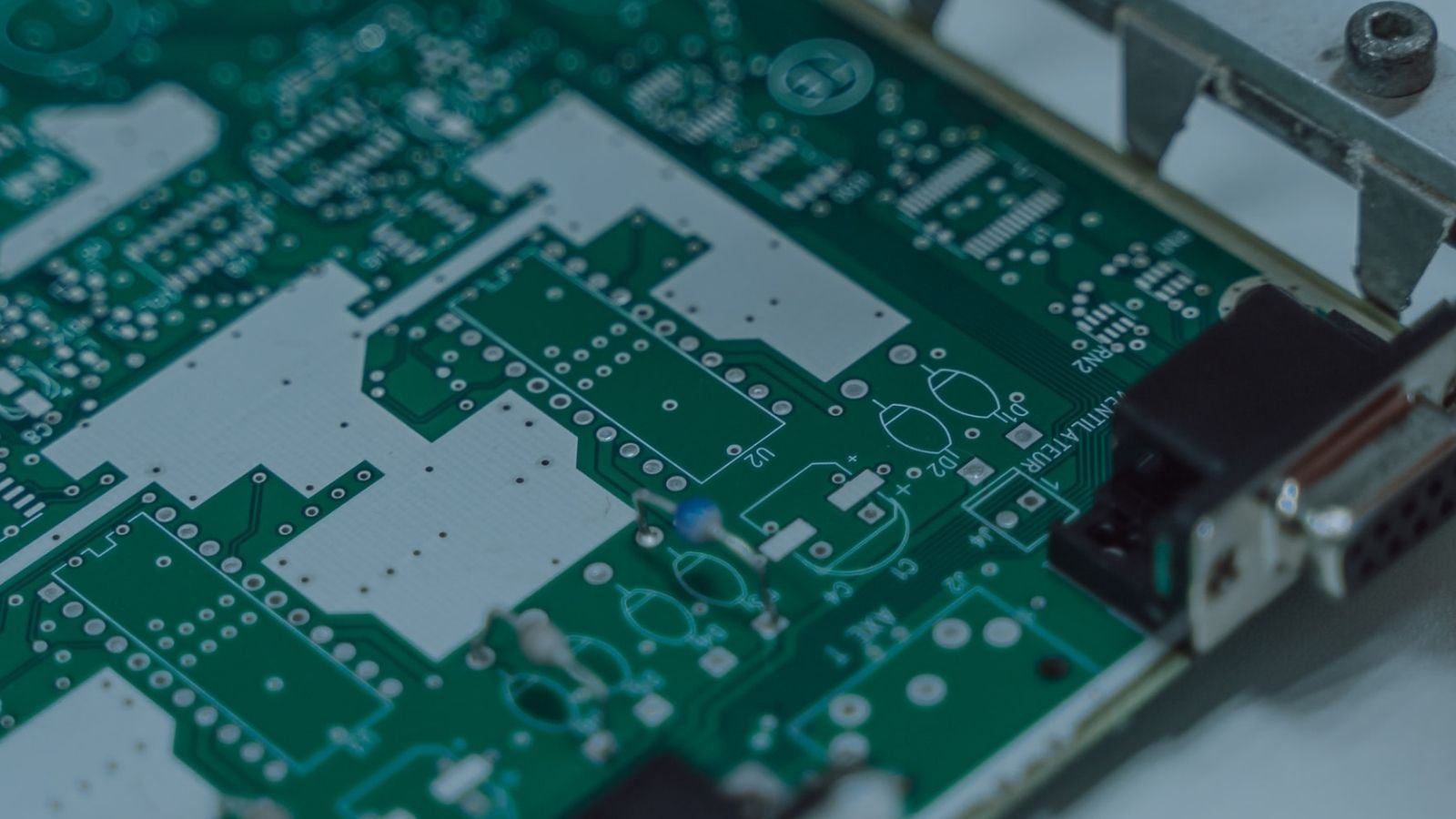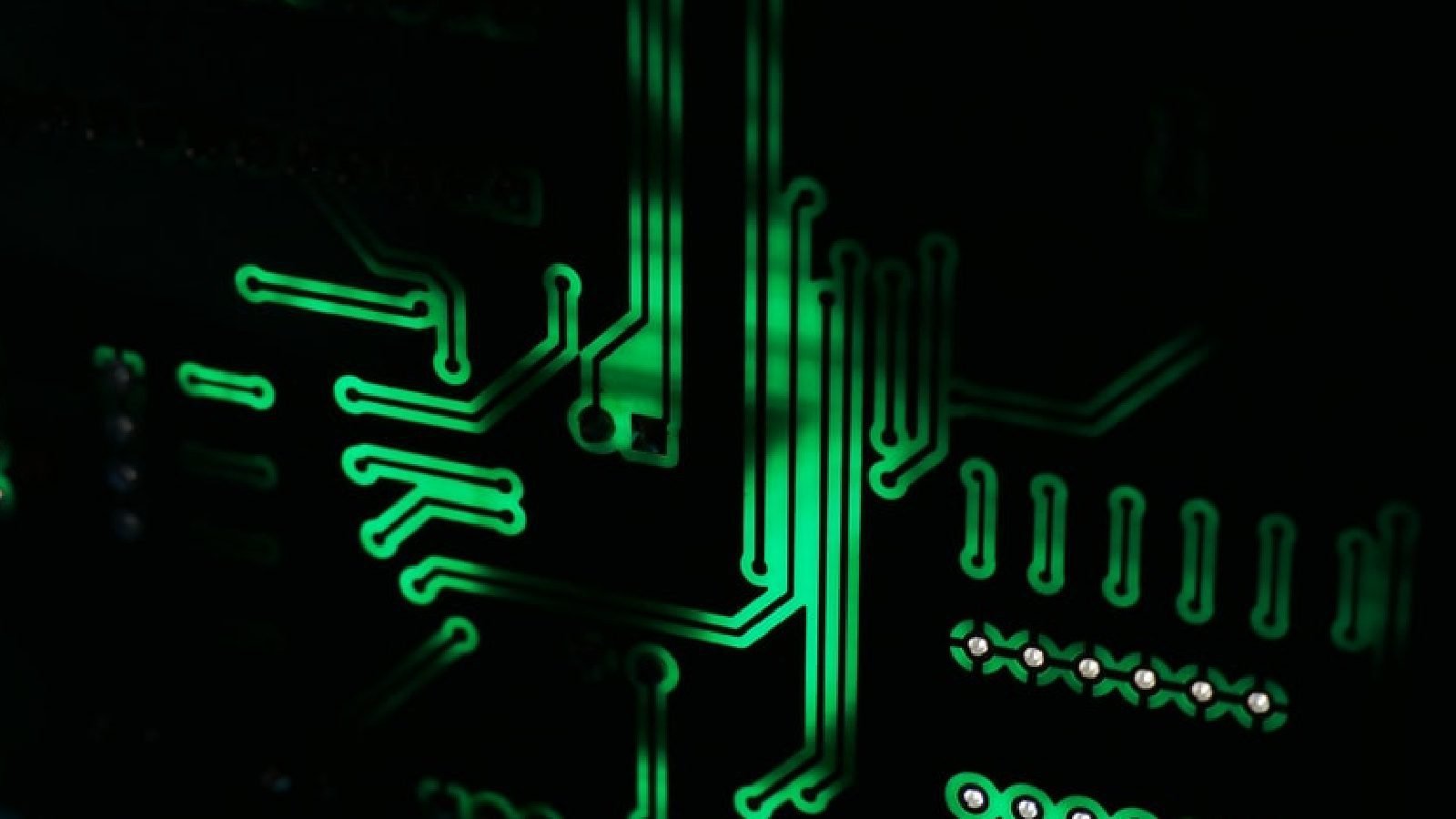Table of Contents
Highlight
- Hands-on STEM learning: Raspberry Pi 6 enables students to explore physics, biology, chemistry, astronomy, and environmental science through interactive projects.
- Real-world experimentation: From weather stations to air quality monitors, students gather, log, and analyze actual scientific data for a deeper understanding.
- Skill-building for the future: Projects strengthen programming, automation, data analysis, critical thinking, and problem-solving abilities.
The Raspberry Pi 6 is exceptionally beneficial to science students, offering a cost-effective and adaptable platform for exploring scientific concepts. Its compact size and powerful features make it the perfect instrument for activities and projects that promote experiential learning in students.

| Image credit: Pok Rie/Pexels
By adding the appropriate sensors and peripherals, students can conduct experiments in an untold number of scientific disciplines (e.g., Physics, Biology, Chemistry, Environmental Science, Astronomy, etc.) while gaining experience in programming and data analysis.
Here are a few intriguing and interactive projects for science students that use the Raspberry Pi 6, and they offer some authentic examples, images, and recommendations for the greatest educational advantages.
1. DIY Weather Station: Collaborative Professional observations of atmospheric science.
The Raspberry Pi 6 Weather Station Project would allow students to make observations of the atmosphere and monitor, track, and report atmospheric values of temperature, humidity, and barometric pressure.
Practical Example: Following this project, students could record atmospheric changes for several weeks while studying varying diameter area microclimates within their school or local area. Further, students could combine their collected environmental observations with live weather data from recognized weather API’s, to compare their own data with the national weather data.
Essential Components:
- Raspberry Pi 6
- DHT22/BMP180 Sensor
- Python programming language
- Data Visualization Using Grafana or Matplotlib
Learning Outcomes:
- Familiarity with meteorological instruments.
- Data gathering and analysis.
- Introduction to cloud storage and cloud computing
Minor Suggestion: Including a small solar panel could render the weather station completely self-sufficient and would also allow students to contemplate the use of renewable energy.

2. Automated Plant Growth System: A project that combined biology and technology.
This project is focused on developing a platform to measure and change the aspects related to optimal plant growth. It could simply and generally take the disciplines of measuring soil moisture, light intensity, and temperature, and consequently allow students the ability to automate a watering schedule and heighten light conditions.
Connection to real-world applications: These systems are common in hydroponics and urban farms. This gives students a chance to mimic real Agritech, and students will learn how automation increases plant yield.
Key Components:
- Raspberry Pi 6
- Soil moisture sensor
- Light sensor
- Relay module to turn on short water pumps and lights
Learning Outcomes:
- Understanding plant physiology
- Automation in biological experiments
- Data-driven decisions
Extra Idea for a section: Students could incorporate a camera module to take time-lapse videos of the plants growing to provide visual evidence of their experiments.
3. Spectrophotometer in a Chemical Analysis: Inexpensive Lab Gear
A spectrophotometer is used to measure the intensity of light as a function of wavelength. It can therefore be used to determine the concentration of nearly any substance in solution. Students design and build a low-cost spectrophotometer from a photodiode and diffraction grating using the Raspberry Pi 6.
Practical use: Students will be able to test the water quality of a local pond or river source to observe the degree of pollution.
Key Features:
- Raspberry Pi 6
- Photodiode
- Diffraction grating
- LED light source

Learning Outcomes:
- Principles of light absorption and transmission
- Calibration and data analysis
- Applications of spectroscopy in Environmental Sciences
Extra Tip: Encourage students to compose a small box to put around the spectrophotometer to eliminate ambient light affecting the readings, thus teaching them the importance of control in a test.
4. Seismic Activity Detection System: Monitoring, Earth Life & Earthquakes
Using the accelerometer and gyroscope functionality of the Raspberry Pi 6, students create a DIY system to detect seismic activity. This project will have the students program the Pi to monitor vibrations, and then classify the vibrations as either possible seismic activity or not.
Application to Real Life — Students will be able to recreate small seismic events in the school lab situation, with weights and vibration, and use a seismograph to quantify common vibrations to a vibration that may occur in earthquakes.
Key Components:
- Raspberry Pi 6
- Accelerometer and gyroscope sensor
- Python programming language
Learning Outcomes:
- Understanding seismic waves
- Data collection and data handling
- Techniques for earthquake monitoring
Extra Section: Students may compare local seismic data with the national earthquake data so that students can discuss geology and regional fault lines.

5. Environmental Monitoring with Air Quality Sensors: Citizen Science
Air quality is one of the main areas of environmental science. For example, a student might add an air quality sensor, such as the MQ-135, to the Raspberry Pi 6, and monitor air pollution while inputting the data they take right to a spreadsheet (i.e., ammonia, carbon dioxide, smoke, etc.).
Practical Example: Students can collect air pollution data using a very simple form and observe how air quality varies throughout the day, particularly near schools or congested traffic scenes.
Key Components:
- Raspberry Pi 6
- MQ-135 air quality sensor
- Python programming language
- Data visualization tools
Learning Outcomes:
- Understanding of air pollutants and their impacts
- Data analysis of environmental implications
- Public health considerations of air quality
Extra Tip: Students can add on to the project with social media or a simple website dashboard so that others can monitor live air quality data as well and become educated about air quality in the community.
6. Astronomical Data Collection Using a Raspberry Pi Telescope – Researching Outer Space
If a camera module is attached to the Raspberry Pi 6, then a traditional telescope can easily be converted into a data-collection device. This enables students to collect images of objects in outer space and gather astronomical data.
Real-World Example: Students could observe planets, monitor the phases of the moon, and even take pictures of star trails for their astrophotography investigations.
Key Components:
- Raspberry Pi 6
- Camera module
- Telescope
- Python programming language
Learning Outcomes:
- Understanding of celestial mechanics
- Image processing and analysis
- Application of technology in astronomy
Extra Section Idea: Advanced students can integrate tracking motors to automatically follow celestial objects, combining robotics with astronomy.

7. Data Logging and Analysis Skills: at the Center of All Projects
No matter which Raspberry Pi project the students undertake, the students will be developing a key skill that is proper methods of data logging and analyzing the data. Students are discovering how to collect data, as well as record and analyze data for proper interpretation, which is an essential skill set in modern-day scientific inquiry.
Specifically, Python libraries that support data visualization, such as Pandas and Matplotlib, afford students the opportunity to visualize large and complex data sets so that they can make meaningful conclusions from their experiences in the experiment.
Competitor Insight: A number of articles published on TechRadar or CNET highlight Raspberry Pi projects, but they seldom feature a true commitment to helping students learn how to analyze and interpret their data. This is one significant skill that provides a deeper educational experience in their projects.
8. Safety and Ethical Considerations
Safety should always be a consideration when students are working on experiments. Regardless of whether they are using chemicals, electrical circuits, or sensors, the students need to practice proper safety. Ethical considerations, such as students responsibly reporting on environmental data, could be a part of the consideration in the lesson, and together with technical learning.
Extra Tip: Students should record their process and results because this also begins to foster a culture of safe scientific practice, which is expected in an actual lab.
Final Thoughts
The Raspberry Pi 6 transforms lessons in science into practical experiments. It allows students to go beyond theory, learn programming, and work with real-world data. The real-world projects vary from studying air quality to building smart plant systems to using them creatively in science, math, and the arts in both indoor and outdoor settings.
The other benefit of all these projects is that they also foster collaboration, curiosity, and problem-solving — all valuable skills that go far beyond the school walls. Many lessons inspire kids to take what they’ve learned within the experiment and feel confident to either ask questions, create something new, or innovate it.

If any of these inspire you, please share in the comments — your story may be the inspiration for someone to begin their own Raspberry Pi project.